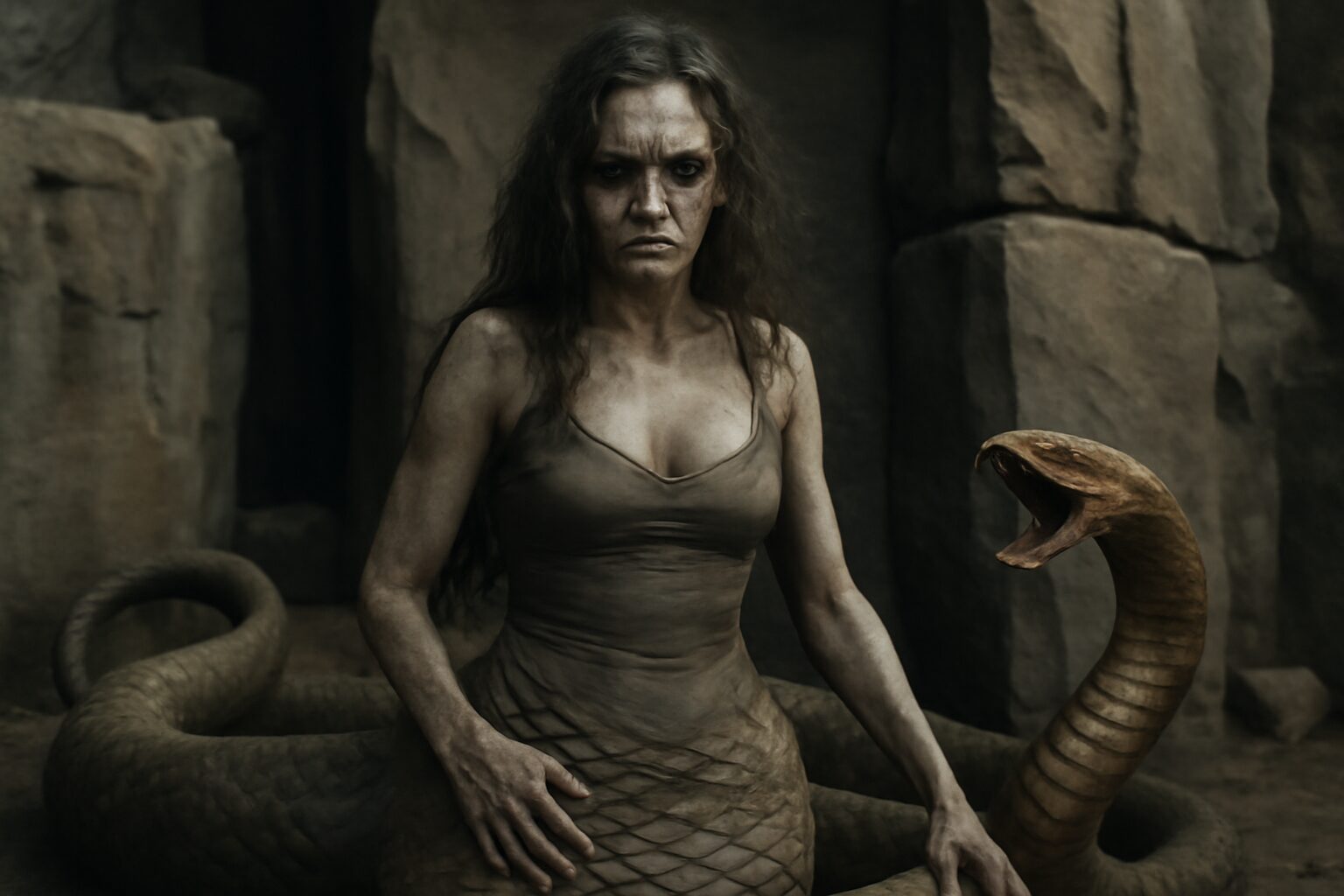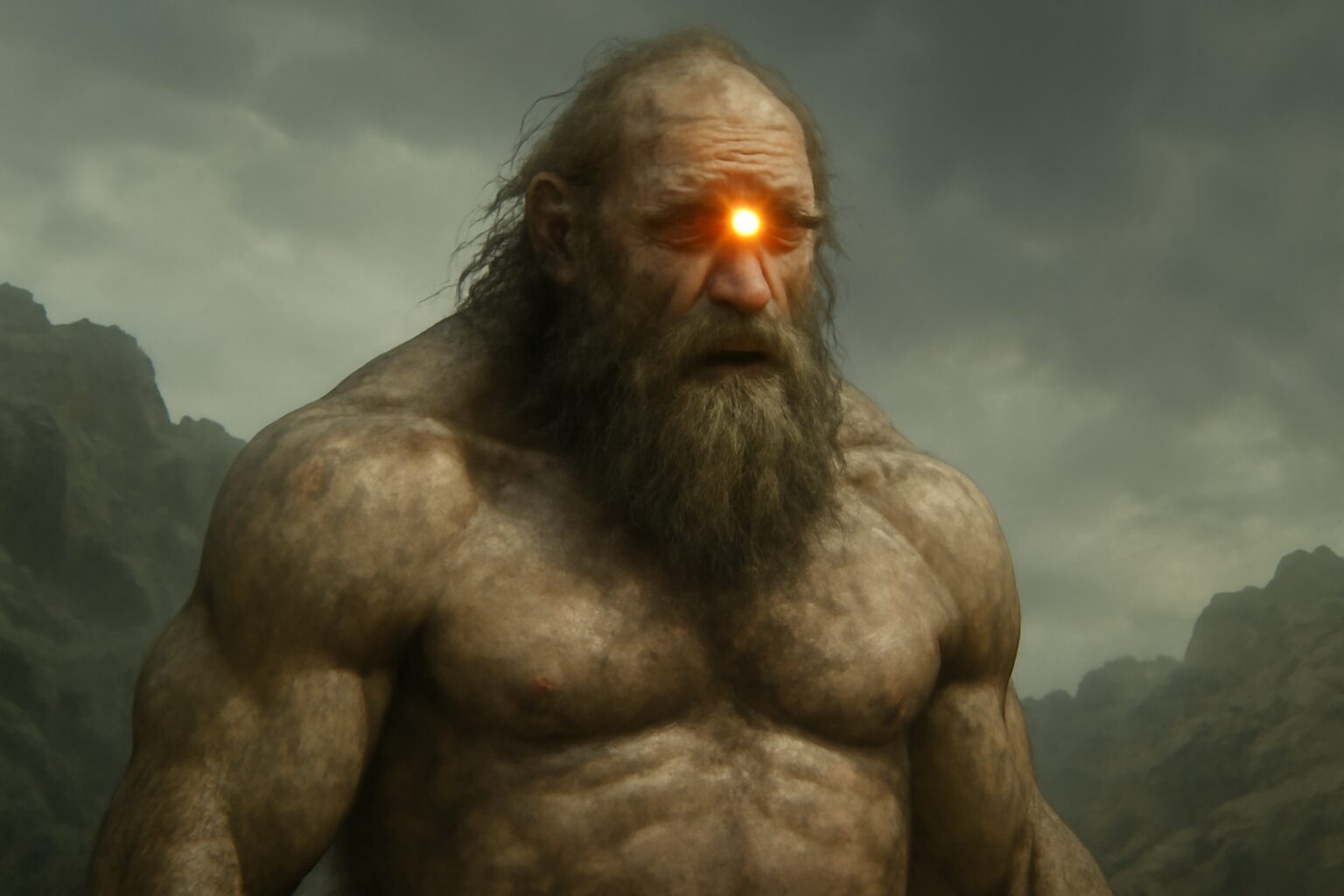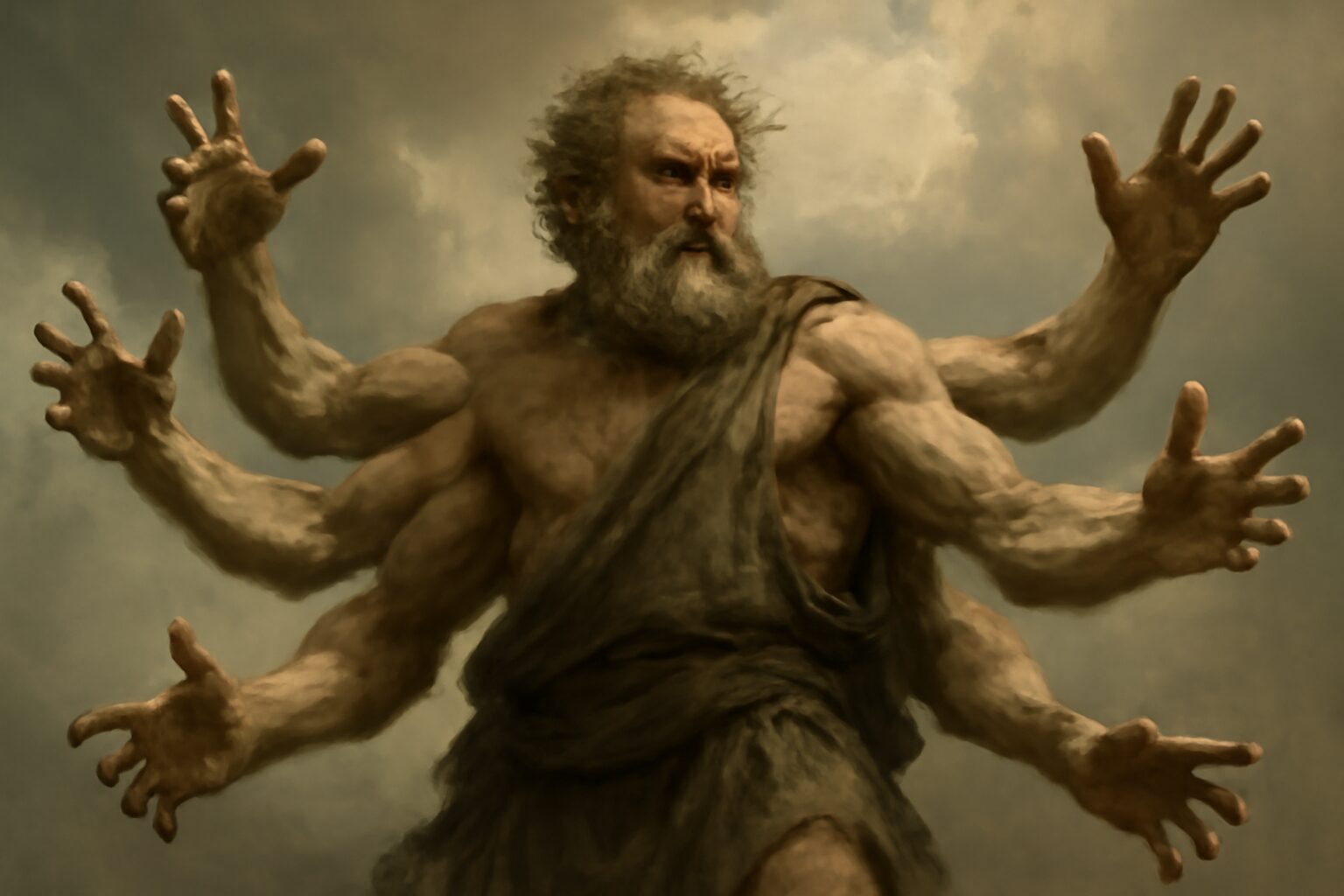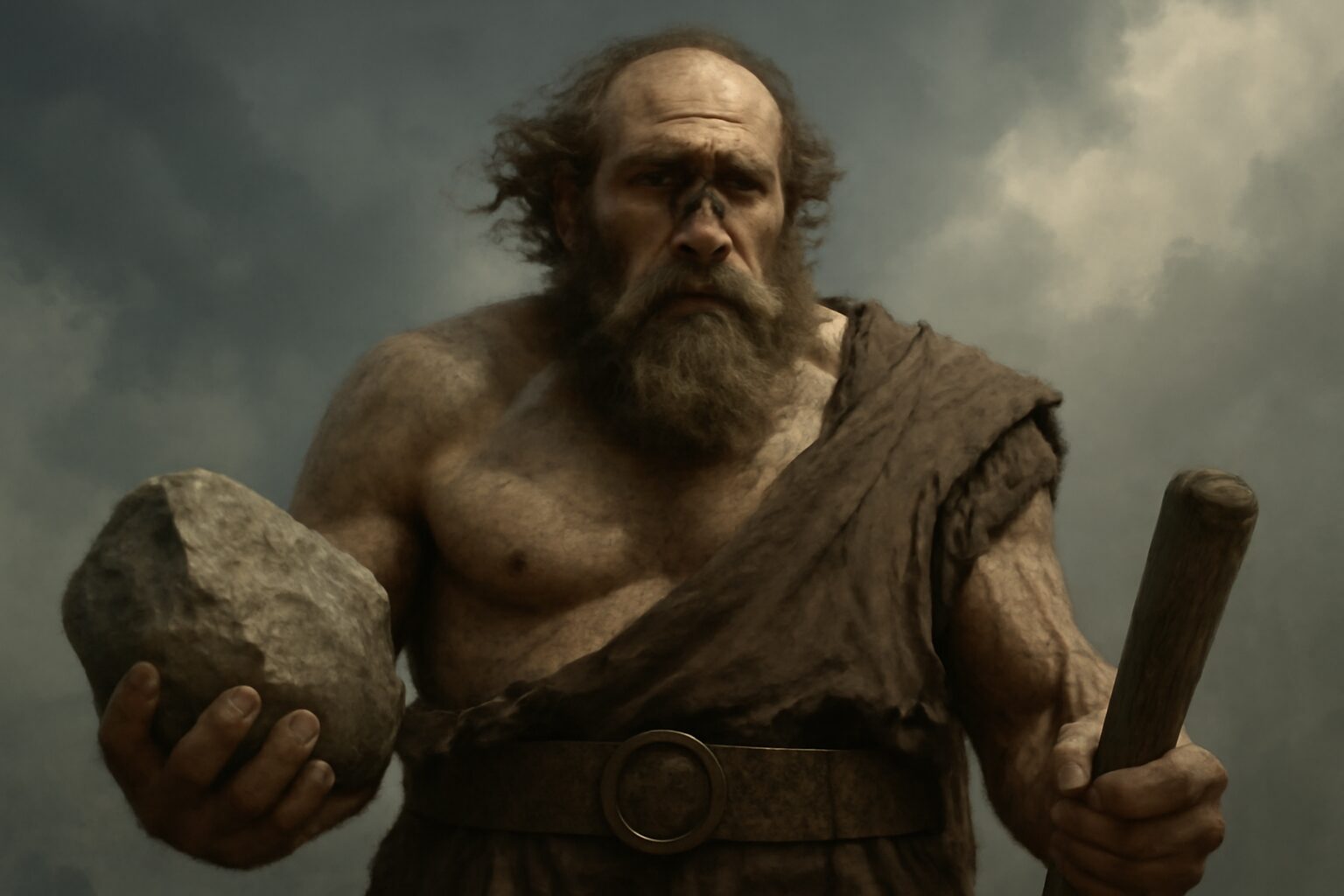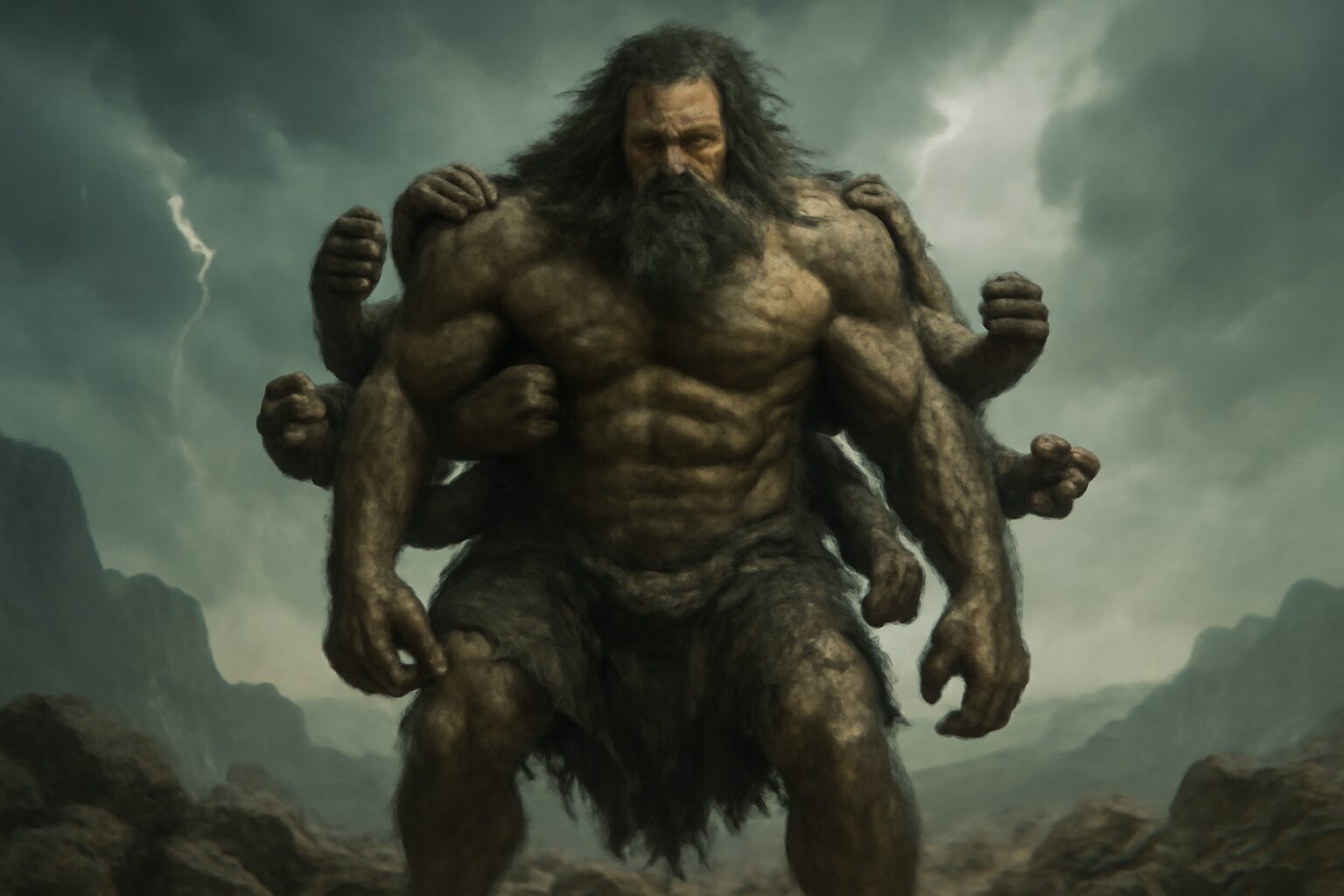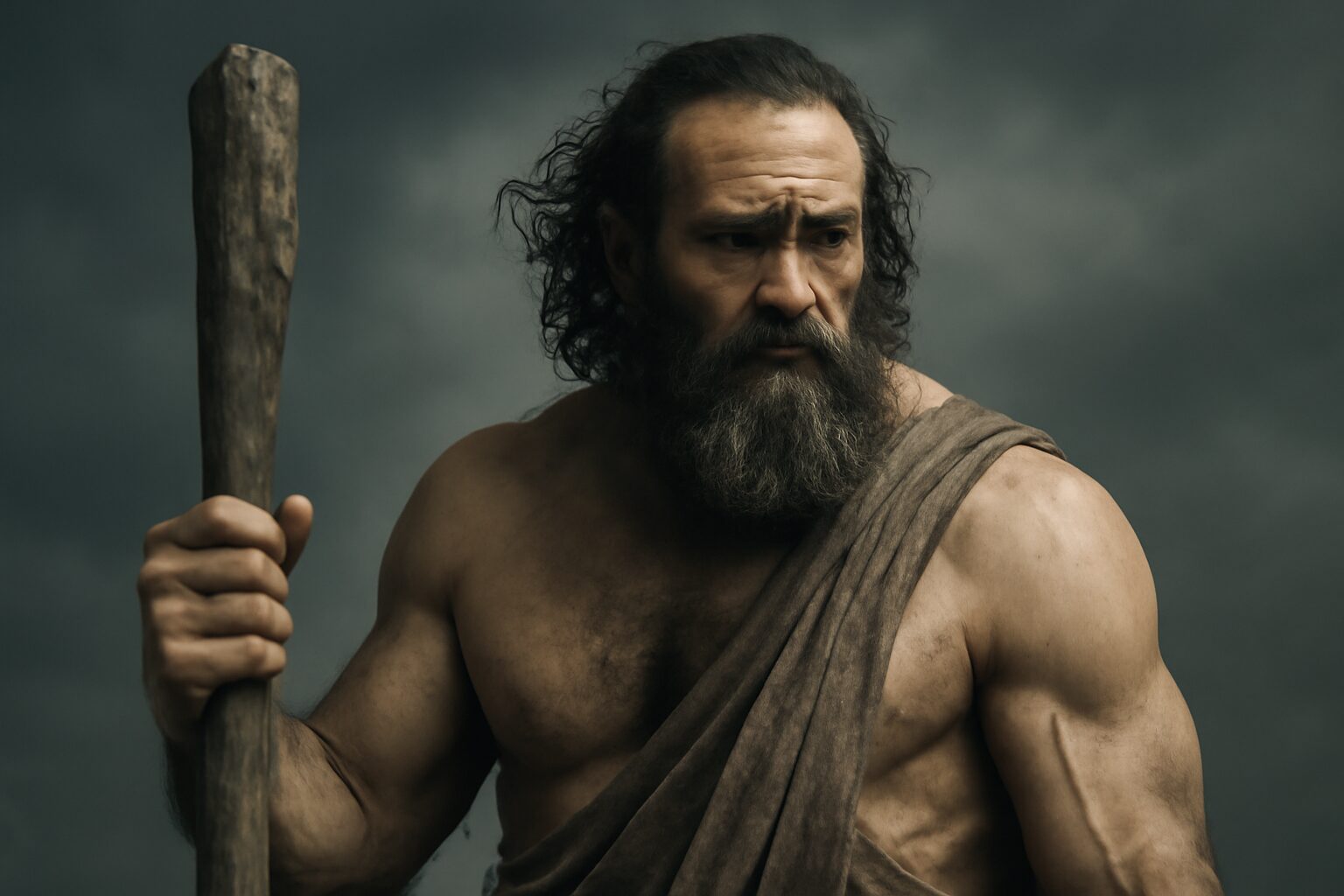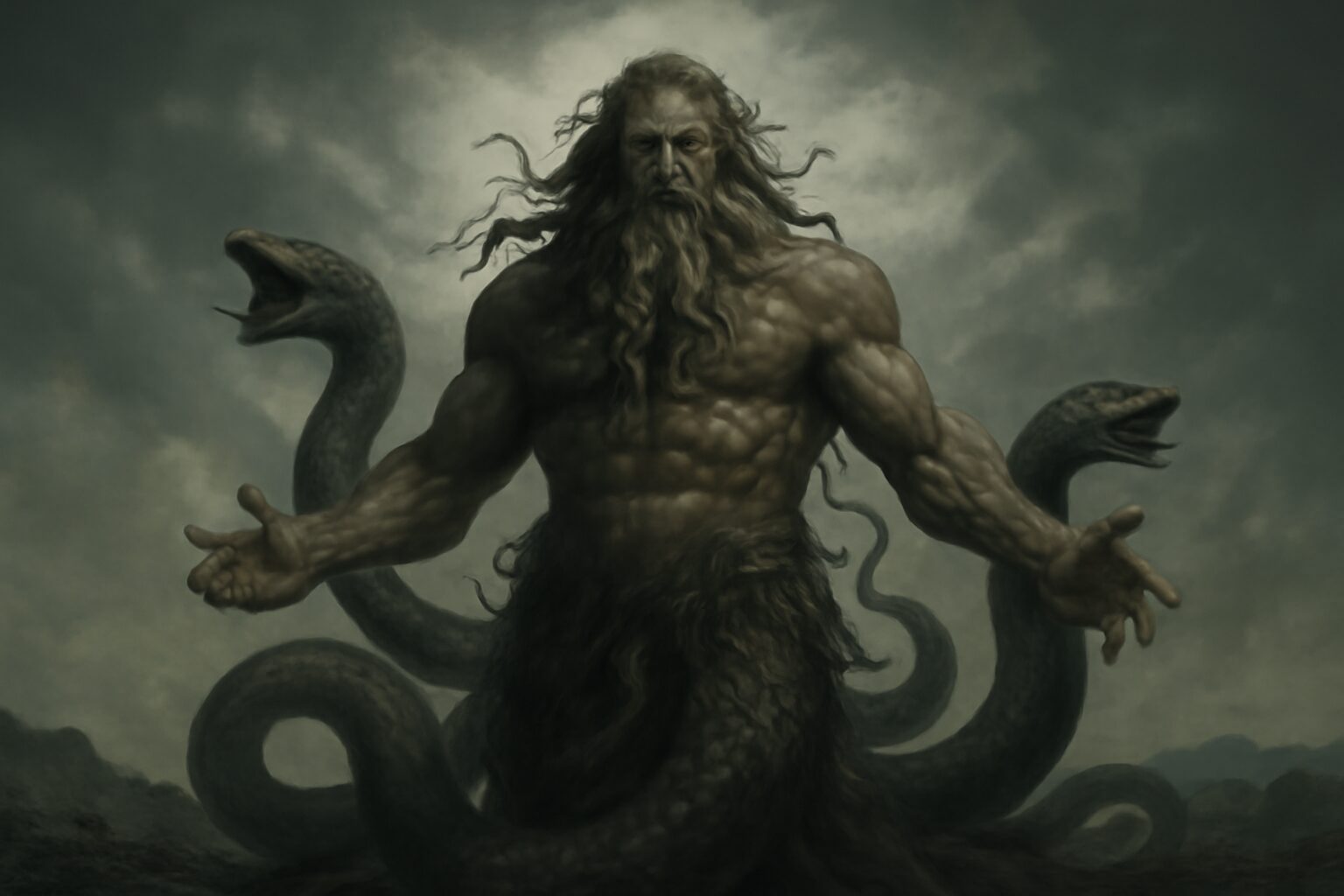Echidna: The Mother of Monsters
In Greek mythology, Echidna stands as one of the most fearsome and fascinating creatures—a half-woman, half-serpent hybrid known as the "Mother of All Monsters." Born from the primordial deities Tartarus (the abyss) and Gaia (the Earth), Echidna embodied the terrifying and monstrous aspects of the ancient world.
Appearance and Nature
Echidna was described as a beautiful woman from the waist up, with the lower body of a massive, coiling serpent. Her dual nature—both alluring and horrifying—made her a symbol of deception and danger. She dwelled in dark, hidden places, most notably the cave of Arima, where she lured unsuspecting victims to their doom.
Progeny of Terror
Echidna's most infamous legacy lies in her monstrous offspring, many of which became central figures in Greek myths. With her consort, the storm giant Typhon, she birthed a host of terrifying creatures, including:
- Cerberus – The three-headed hound guarding the Underworld.
- Chimera – A fire-breathing hybrid of lion, goat, and serpent.
- Hydra – The many-headed serpent slain by Heracles.
- Sphinx – The riddling creature that plagued Thebes.
- Ladon – The dragon guarding the Golden Apples of the Hesperides.
These creatures often served as trials for heroes like Heracles, Perseus, and Bellerophon, making Echidna an indirect but crucial force in many heroic quests.
Mythological Significance
Echidna represented the untamed chaos lurking at the edges of the civilized world. Unlike many monsters slain by heroes, she was not easily defeated—some versions of her myth claim she was immortal. Her existence underscored the Greeks' belief in a world filled with primordial horrors that even the gods could not fully eradicate.
Despite her fearsome reputation, Echidna was not inherently evil—she was a force of nature, embodying the wild and unpredictable aspects of creation. Her lineage persisted through the ages, ensuring her place as one of mythology's most enduring and terrifying figures.
Alternative Names for Echidna
God Name: Ekhidna (Greek)
An alternative spelling of Echidna, reflecting the original Greek pronunciation and transliteration.
God Name: Vipera (Roman)
A Latin name sometimes used to refer to Echidna, derived from 'viper,' reflecting her serpentine nature in Roman interpretations.
God Name: Drakaina (Greek)
A term meaning 'she-dragon' or 'serpent-woman,' used in some Greek texts to describe Echidna due to her hybrid form.
God Name: Mother of Monsters (Greek)
A descriptive epithet for Echidna, highlighting her role in Greek mythology as the progenitor of many famous monsters.
Tales about Echidna
Echidna and Typhon: The Monstrous Union
In the shadowy depths of the earth, where the primordial forces of chaos still lingered, Echidna, the half-woman, half-serpent Mother of Monsters, encountered the fearsome Typhon, a storm giant with a hundred dragon heads and eyes that shot flames. Their meeting was cataclysmic, a union of terror that shook the very foundations of the world. Together, they spawned a brood of legendary horrors, including Cerberus, the Hydra, and the Chimera, each destined to challenge heroes and gods alike. This partnership embodied the raw, untamed power of the ancient world, a force so formidable that even Zeus trembled before their combined might.
The Lair of Cilicia
Deep within a cave in Cilicia, Echidna and Typhon raised their monstrous offspring, a family that represented the darkest aspects of nature. Their home was a place of perpetual storm and shadow, where the shrieks of newborn beasts echoed off the walls. It was here that their legacy of chaos was forged, a testament to the enduring power of the primordial in a world increasingly dominated by the order of the Olympians.
Echidna and Heracles: The Hero's Trial
As Heracles journeyed to complete his famed Twelve Labors, his path crossed with that of Echidna in the rugged lands of Scythia. Tasked with retrieving the cattle of Geryon, the hero found himself in the territory of the Mother of Monsters. Echidna, ever protective of her domain and offspring, confronted Heracles, her serpentine form coiling menacingly. Yet, in a rare moment of truce, she agreed to let him pass unharmed in exchange for his promise to leave her children untouched—a pact that highlighted the complex interplay between divine will and monstrous nature.
A Moment of Understanding
This encounter between Heracles and Echidna was not one of battle but of wary respect. Heracles, embodying strength and duty, and Echidna, representing primal creation and destruction, found a temporary balance. This story illustrates that even in the midst of epic conflicts, there are moments of nuance where opposing forces acknowledge each other's power and purpose, adding depth to the rich tapestry of Greek mythology.
Frequently Asked Questions
What is an Echidna in Greek mythology?
In Greek mythology, Echidna was a half-woman, half-snake creature known as the 'Mother of All Monsters.' She gave birth to many famous mythological creatures like the Chimera, Cerberus, and the Sphinx.
Who were the Gigantes in Greek mythology?
The Gigantes (Giants) were a race of enormous, powerful beings born from Gaia (Earth) and the blood of Uranus. They famously waged war against the Olympian gods in the Gigantomachy, a major battle in Greek mythology.
Why are Echidna and the Gigantes important in Greek myths?
These monstrous figures represent primal forces of chaos that the Olympian gods had to overcome to establish order. Their stories explain how the gods maintained their power and why certain natural phenomena exist.
What can we learn from the Gigantomachy (War with the Giants)?
The Gigantomachy symbolizes the struggle between order and chaos, civilization and wild nature. It shows how the Greek gods established cosmic order by defeating these chaotic forces, reflecting ancient Greek values about structure and civilization.
How do these mythological monsters relate to modern storytelling?
Echidna's monstrous children and the Gigantes inspired many modern fantasy creatures and villains. Their themes of heroes overcoming impossible odds against terrifying foes continue to influence books, movies, and games today.

